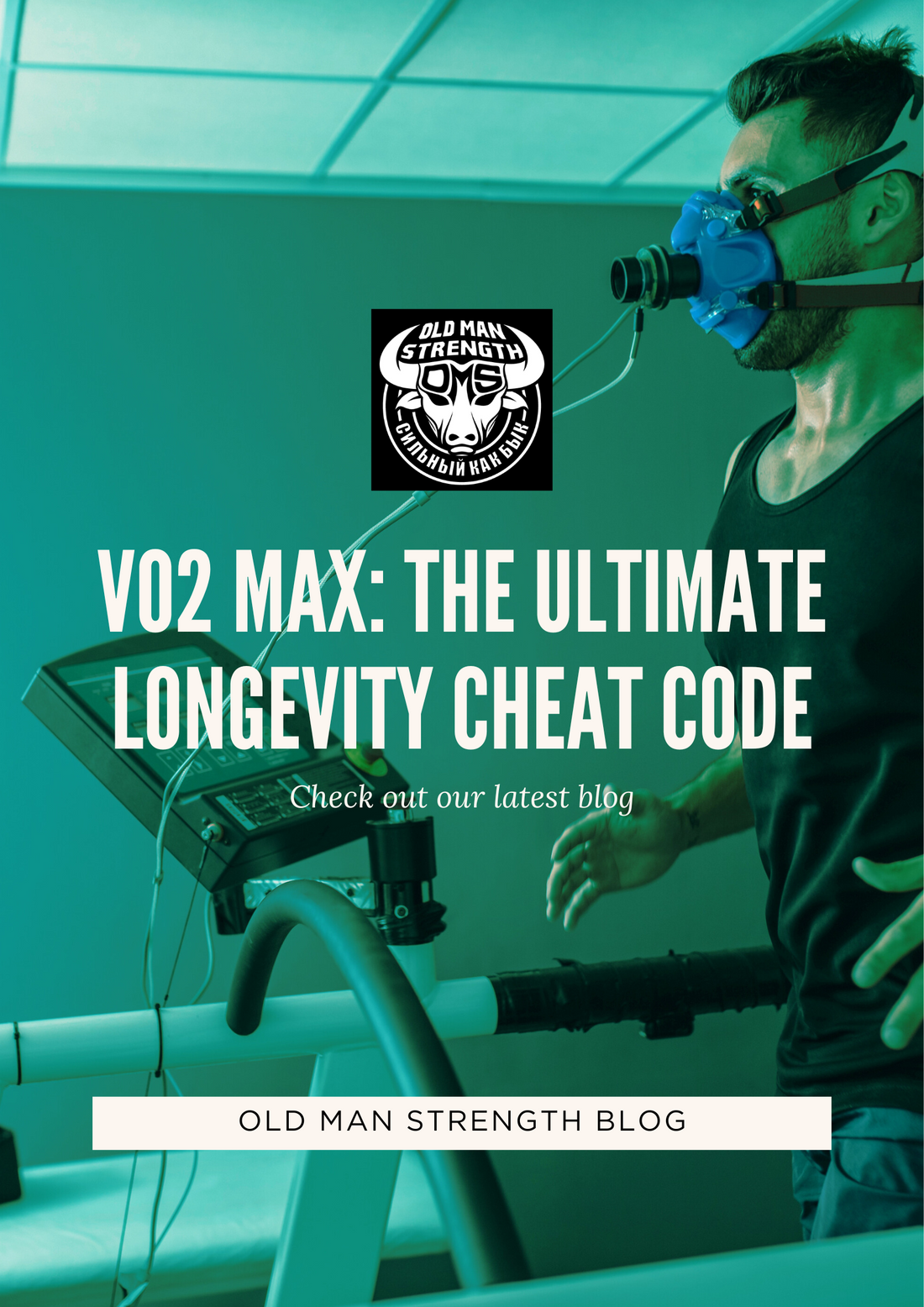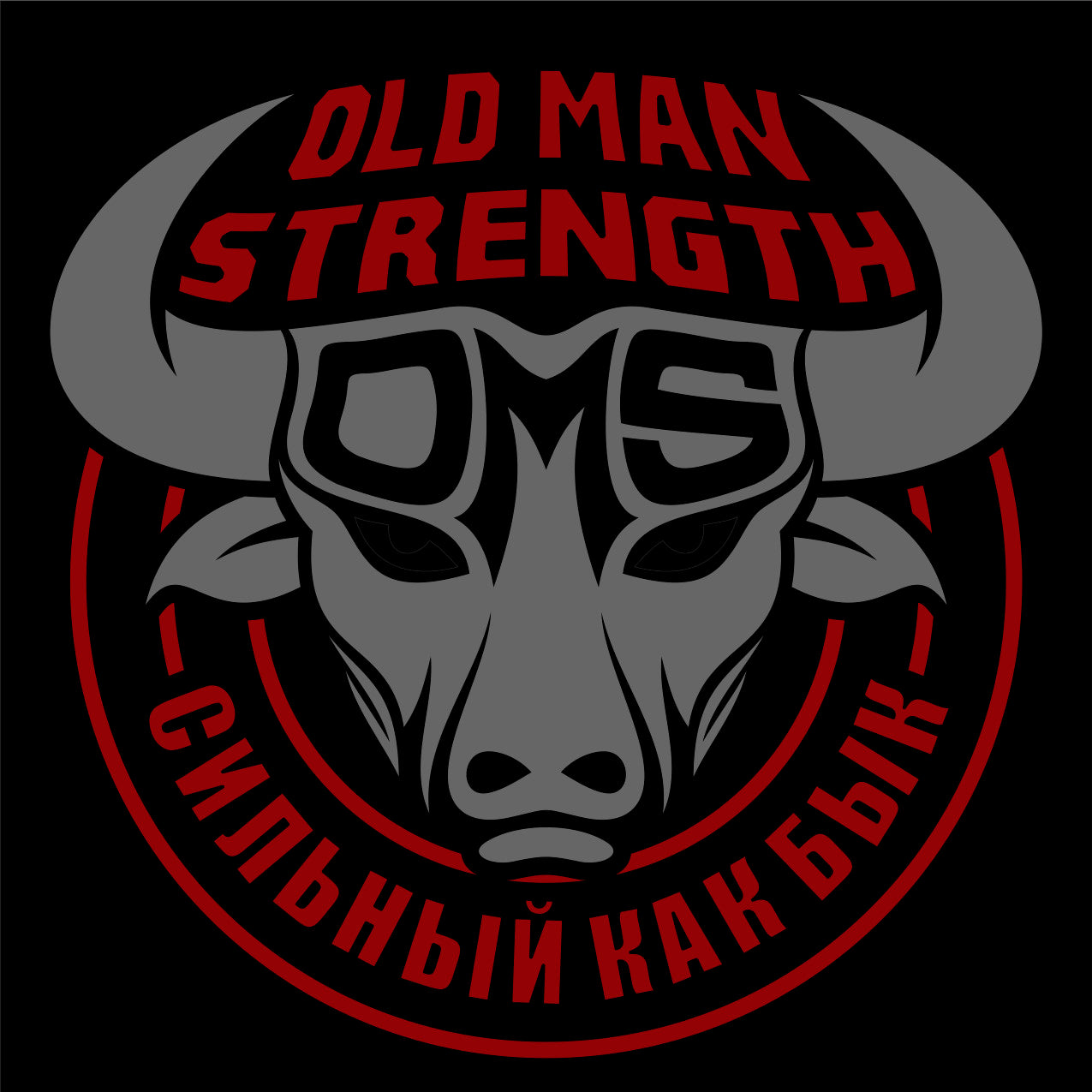
VO2 Max: The Ultimate Longevity Cheat Code
VO2 Max: The Ultimate Longevity Cheat Code
Most people think of fitness in terms of what they can lift or how they look in the mirror. But if you’re over 40 and still giving a damn about staying strong, there’s one number that might matter more than all the rest:
Your VO₂ max.
What Is VO₂ Max (and Why You Should Care)?
VO₂ max is your body’s maximal oxygen uptake — the amount of oxygen your body can use during intense exercise. Think of it as your cardio horsepower. The higher it is, the more efficiently your heart and lungs are working. And according to people much smarter than me (looking at you, Dr. Peter Attia), it’s one of the single strongest predictors of how long — and how well — you’ll live.
In fact, data shows that moving from the bottom 25% of VO₂ max to even just the average can reduce all-cause mortality by more than 50%. That’s a better return than any pill or supplement on the market.
Let that sink in.
How to Test Your VO₂ Max
There are two ways to get your number:
1. The High-Tech, High-Accuracy Way
Book a proper lab test (usually around $200–$300) at an exercise physiology clinic. You’ll be strapped to a mask, put on a treadmill or bike, and pushed to max effort while they measure your oxygen output directly. Brutal, but accurate.
2. The DIY Way (aka Garmin-style)
If you’ve got a Garmin watch (like I do), it uses heart rate and pace data from your runs or rides to estimate your VO₂ max. It’s not perfect, but it’s a solid benchmark — especially if you’re tracking progress over time. Mine sat around 44 when I got back into it, and the goal now is to get that north of 50 again. More on that below.
What’s a Good VO₂ Max for Your Age?
Here’s a rough guide to VO₂ max scores by age and fitness level (men):
| Age | Poor | Fair | Good | Excellent | Superior |
|---|---|---|---|---|---|
| 30–39 | <33 | 33–38 | 39–43 | 44–49 | 50+ |
| 40–49 | <31 | 31–35 | 36–41 | 42–46 | 47+ |
| 50–59 | <28 | 28–32 | 33–38 | 39–44 | 45+ |
| 60+ | <24 | 24–30 | 31–35 | 36–41 | 42+ |
If you’re over 40 and your VO₂ max is in the “Poor” or even “Fair” category — don’t panic. The good news is: you can improve it.
How I’m Doing It: Zone 2 Cardio and LSDR
After lifting for years and focusing on strength, I’ve recently made a return to Long Slow Distance Running (LSDR) and a heap of Zone 2 cardio — low-intensity, steady-state efforts where my heart rate stays in that sweet spot: around 60–70% of max heart rate. For me, that’s about 125–135 bpm.
Whether it’s an easy 60-minute run or a bike ride on the weekend, the focus is simple:
-
Stay aerobic.
-
Keep conversation pace.
-
Don’t chase speed — chase consistency.
My Garmin shows training load, VO₂ max, recovery status — and while not perfect, it gives me a solid picture week to week.
The Bottom Line
Getting older doesn’t mean getting slower, softer, or more fragile. VO₂ max is your insurance policy — not just for living longer, but for living better.
Want to play with your kids or grandkids when you’re 70? Want to hike without sucking wind? Want to be that old bloke still going hard while others are slowing down?
Start working on your VO₂ max.
It’s never too late to get in the fight.
PS: I’ll be posting updates as I go, chasing that VO₂ max of 50+. If you want to follow me on Garmin (send me an email and we can send you my profile) or start your own journey, leave a comment or share where you're at now.
Let’s build Old Man Strength that lasts.
Stay strong

